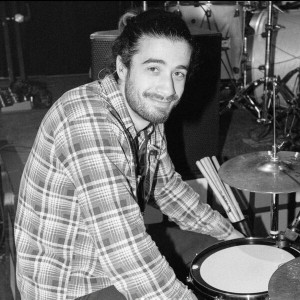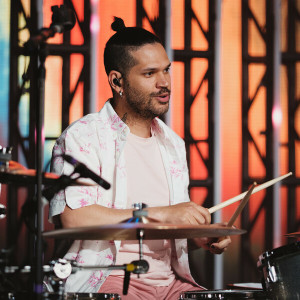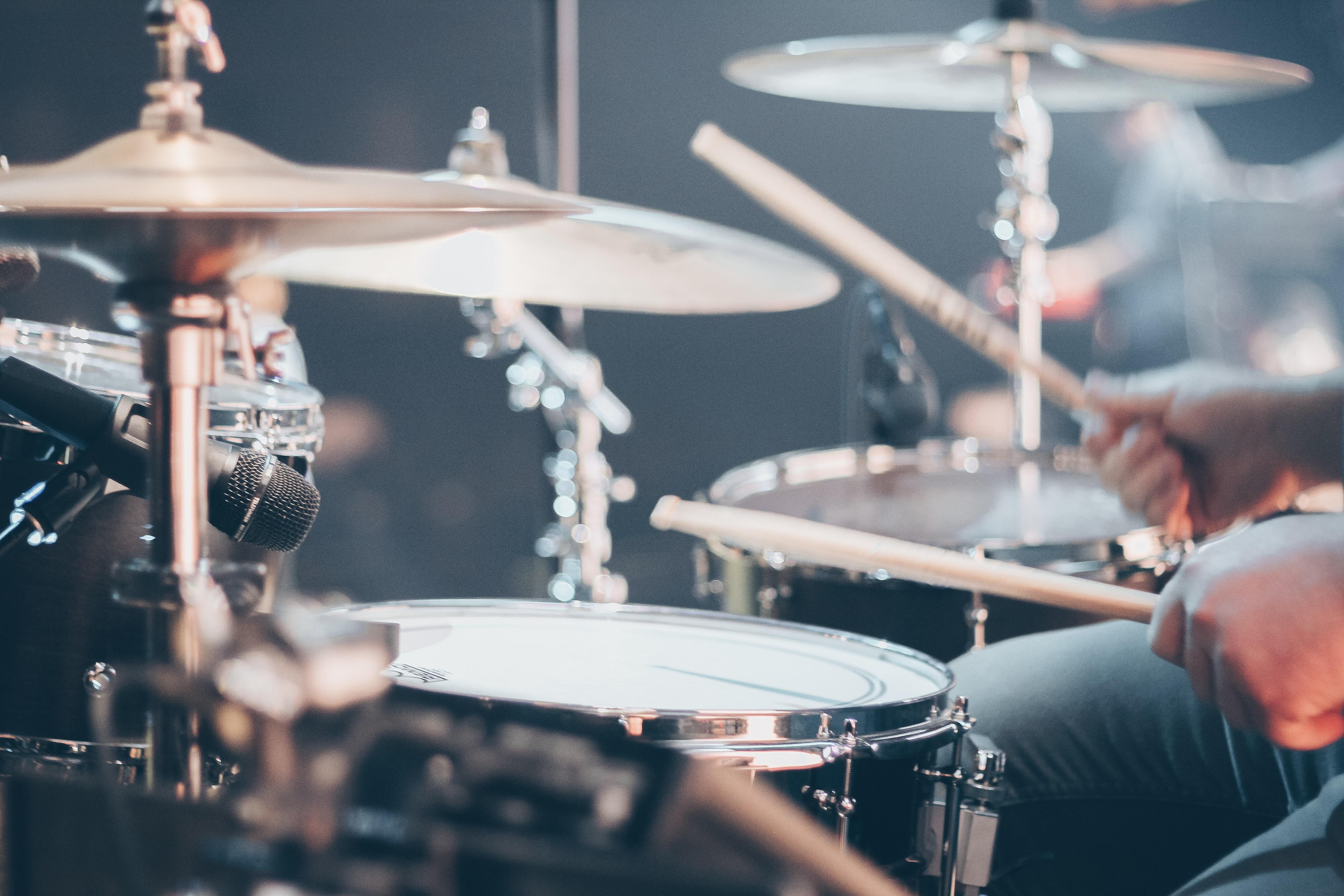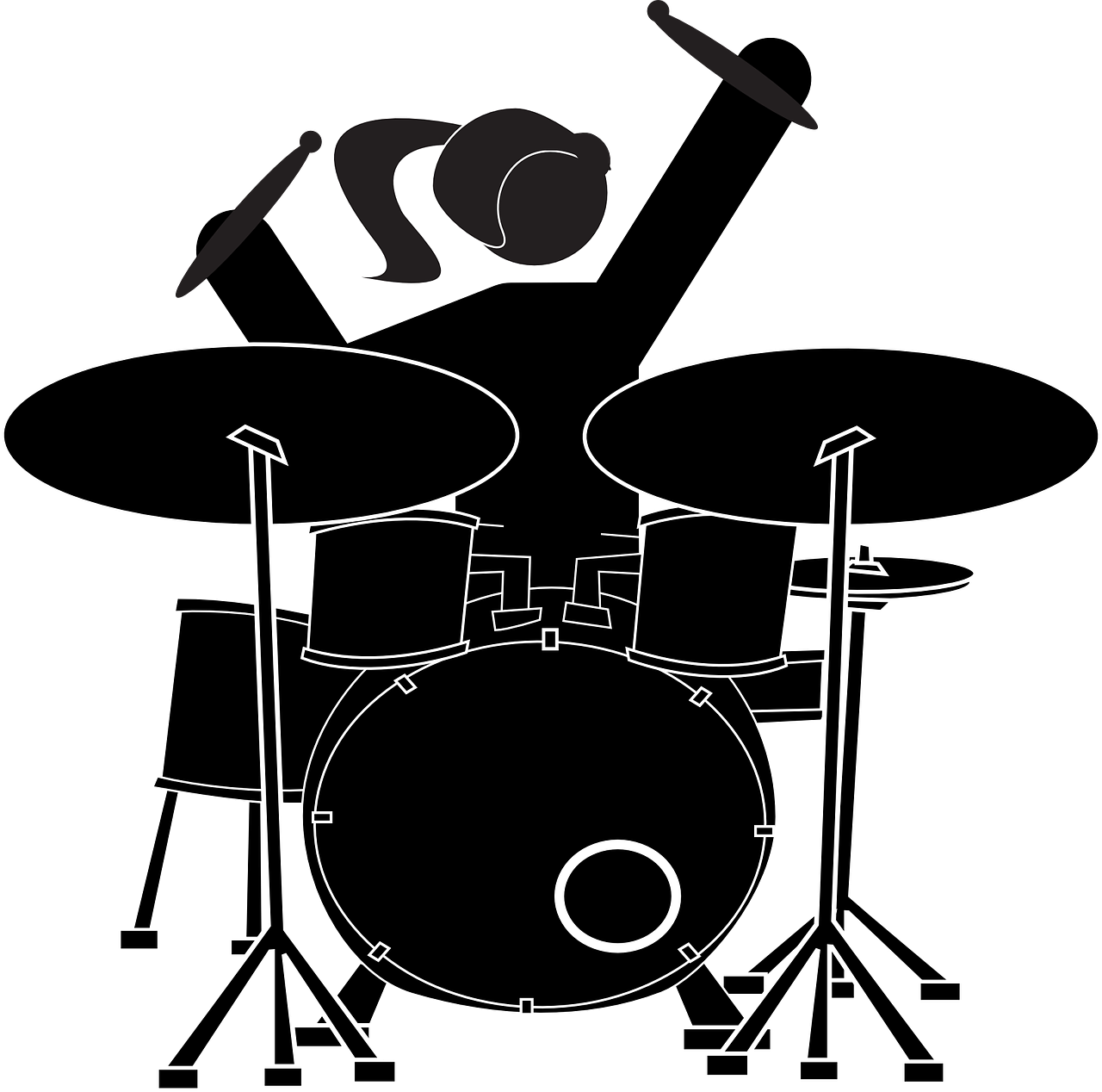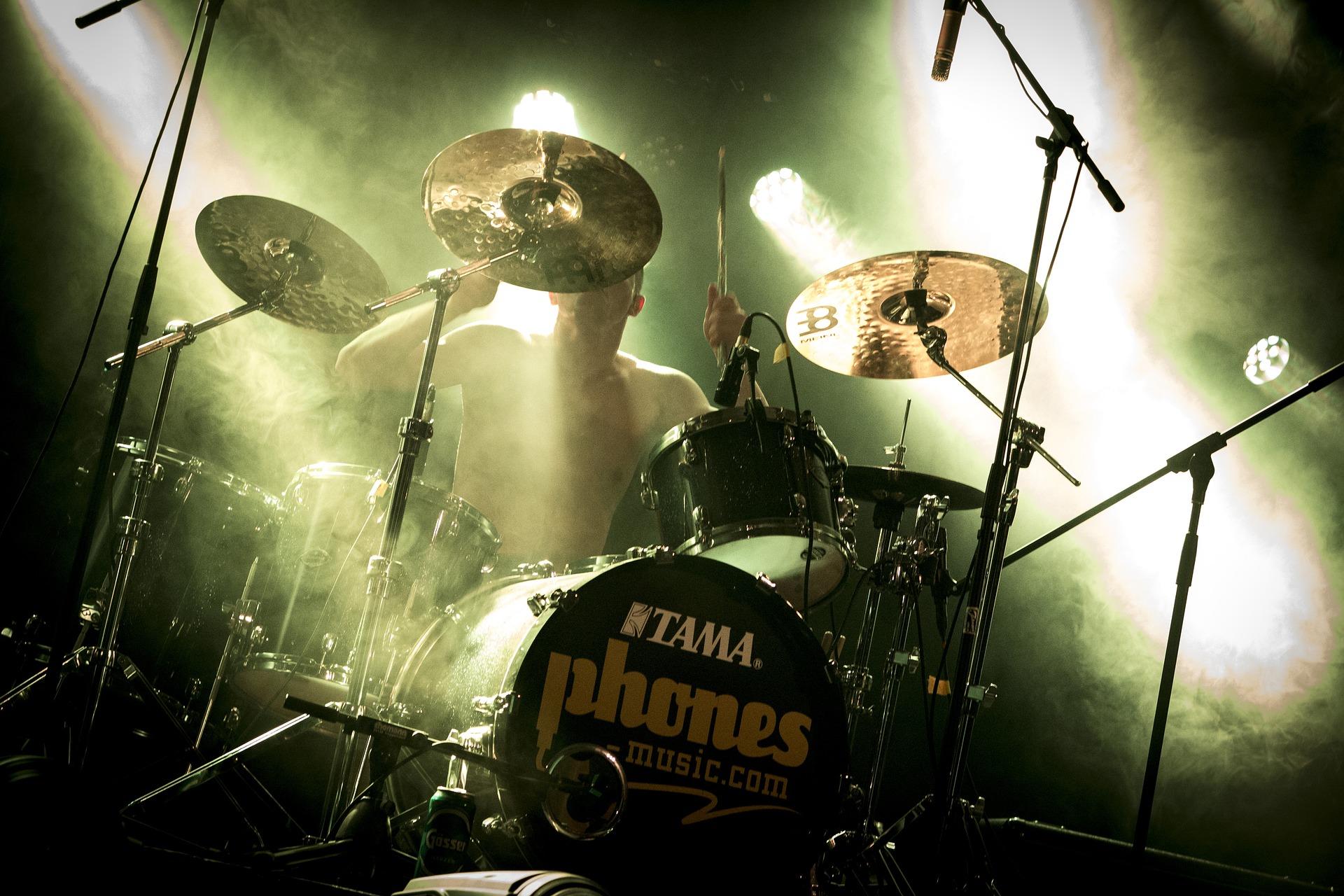Marching bands are a fun and interesting pastime in American high schools and colleges, as well as in adult recreational and military capacities. Today, they’re used in events like football games, parades, and important ceremonies, as well as competitions.
Discover the history behind marching bands and their artistic and practical functions on and off the sports field!

The History of Marching Bands
Marching bands originated as a way to motivate soldiers and direct troops’ movement while traveling and on the field of battle. Evidence indicates that the first musical regiments appeared in the Ottoman Empire in the 13th century. The concept spread as the Empire expanded its influence, introducing the idea to various European, African, and Middle Eastern peoples.
The concept was imported to North America as colonists came to claim land, but it was especially prominent in America during the Revolutionary War and the Civil War.
Sousa was the head of the U.S. Marine Band from 1880 to 1892, where he led “The President’s Own” band on tours across the country, popularizing marching music, ceremony, and regalia. He also wrote many traditional American march songs, like “The Stars and Stripes Forever" and “Semper Fidelis.” It’s why he is considered the “King of Marches,” and there is an award foundation (established in 1981) dedicated in his name.
At this time, fife and drum corps were used to make announcements and keep soldiers’ morale up while directing drills and formations with audio instruction, such as “advance.” Bugles were also used as a form of communication. (Think: the “wake-up-call bugle music” aka “Reveille.”) By 1918, such things were no longer needed in battle, since radio communicators became commonplace.
Over time, more instruments were added, and the music became an important cultural part of ceremonies and activities outside of the active military. Organizations like the Marine Corps started their own ensemble that could play their “theme songs” and put on a display of discipline and unity.
This concept, as a regimented, disciplined, yet artistic, activity for college students, caught on. At first, the instrumentation and drills remained closely aligned with military style.
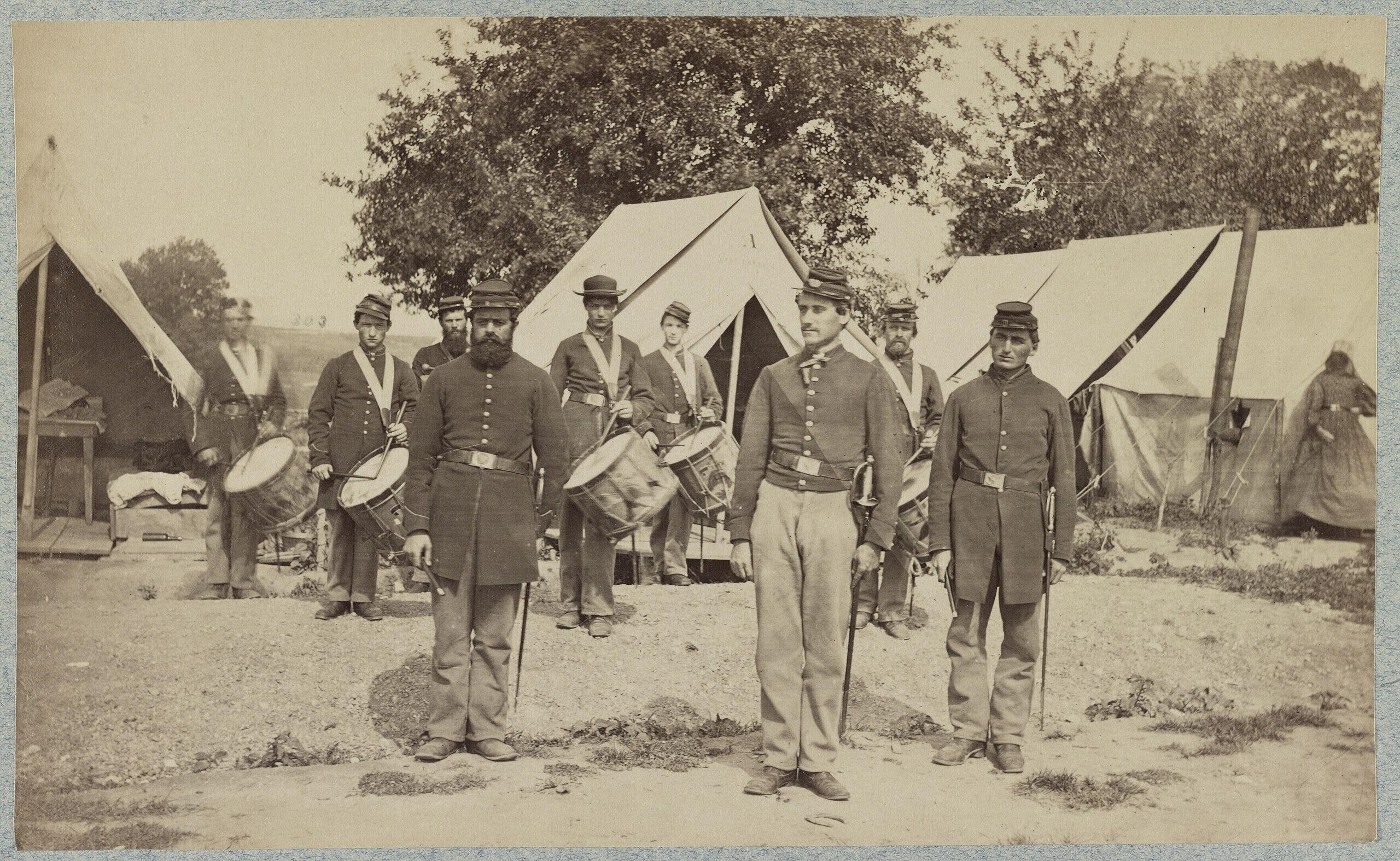
Naturally, the use of marching bands with sporting events caught on.
Soon enough, especially with the advent of radio, records, and movies with sound, popular music was adapted for use.
The routines and choreography became more intricate, and many schools broke away from martial foundations, turning into the show style we see in many school and street groups today. However, some institutions keep their military ties by intertwining their ROTC or NJROTC program with band.
Here’s a highlight of the pivotal moments in modern marching band history:
1845
The first collegiate marching band
The Band of the Fighting Irish, the band for Notre Dame University, was formed. It is the oldest collegiate marching band to still exist. The band mostly played at events like commencement, award ceremonies, theater productions, and sending young men off to war. In the upcoming decades, many other colleges and universities establish their own programs.
1856
The first high school band
The Boston Farm and Trade School Band is the first to begin a band program, designed to give the orphan boys at the boarding institution a better chance in the military.
1887
The first football game with a performance
The Band of the Fighting Irish is the first to play at a game.
1895
The first HBCU marching band
The first Historically Black College and University (HBCU) to create a marching band is believed to be Tuskegee College: The Marching Crimson Pipers.
1907
The first non-military formation
The Purdue All-American Marching Band: the iconic “block P” formation.
1907
The first halftime show
The University of Illinois Marching Illini perform the first halftime show.
1914-1918
WWI influences marching bands
WWI causes more colleges to create ROTC programs, which instill discipline and teamwork in students before they even leave to join the military. The government and the nation also see these patriotic displays as a morale boost for the whole country. Plus, many veterans become teachers and music directors in schools.
1920s
Band music gains popularity
“Big Band” genre music on the radio and television popularizes marching-style tunes. Popular artists like Paul Whiteman, the Duke Ellington Band, and The Glenn Miller Band increases student interest in joining their school bands. As a result, music programs in educational institutes across the US boom.
1923
The first band competition is held
It's sponsored by the National Music Supervisors Conference and the Band Instrument Manufacturers’ Association. Over the next decade, the prevalence of state, regional, and national contests increased. Competitions declared only one supreme winner, which demotivated the losing teams.
1930s
The Great Depression sets the band movement back
Students drop band classes, and schools cut band funding, especially for expensive travel to competitions.
Late 1930s
Schools realize the importance of the sport
Schools realized that the lack of band participation decreased the morale in both the student body and the local community. Plus, winning band competitions was a good way for schools to increase their reputation. Some states started their own statewide band competitions with a ranked winning system.
1941-1945
WWII impacts band programs
WWII again causes suspension in school bands. However, those that persist start allowing women to participate to keep them alive. Veterans again flood school systems.
1950s-70s
Band is popular again
Marching band takes off again, and by the early 70s, 37 states have their own competitions. High school groups regularly appear in both the Macy’s Thanksgiving Day and the Tournament of Roses Parades.
1976
First national championship
The first Marching Bands of America Grand National Championship is held – the first national contest in 45 years. It later became the Bands of America organization, the premier marching band competition in the US.
Since then, marching bands have slowly evolved in both the high school and collegiate sectors to become more and more grandiose, with incredible pop musical performances and choreography.
Instruments and Their Roles in the Band
Groups can be made up of four types of instruments: brass and woodwind (together referred to as “winds”), percussion, and auxiliary. Many ensembles also perform alongside visual teams, like baton twirlers, for added effect.
Bugle and Drum Corps style groups use only traditional brass bugles and drums; no woodwinds. The Fightin' Texas Aggie Band, which uses military style compositions and formations, doesn’t use flutes because they stick out to the side, which would hinder their tight formations, but they do use other woodwinds.
Full bands utilize all four sections.
Brass Section
The brass section typically used includes:
- Trumpets
- Trombones
- Bugles
- French horns or mellophones
- Tubas or sousaphones
Brass carries the melody and harmony of the instrumentation. Their consistent presence adds energy to the piece.
Woodwind Section
The typical woodwinds used are:
- Clarinets
- Flutes
- Piccolos
- Saxophones
The sax is one of the most popular band instruments and comes in several varieties, including alto and tenor. The woodwinds can also hold the melody and harmony, passing them back and forth with the brass section.

Percussion Section
The usual lineup includes:
- Tenor drums (quads)
- Snare drums
- Bass drums
- Cymbals
- Xylophones
These musicians who march are called the battery, aka drumline. Many of the larger devices are too big to move around, so they’re stationed in the front ensemble, aka “the pit,” and can be considered auxiliary. This section sets the rhythm and pace of the entire band, driving up pep and excitement while maintaining the beat.
Auxiliary Units
Most auxiliary apparatuses are located in the pit, the area at stage front consisting of non-marching instruments. These can include:
- Marimbas
- Glockenspiels
- Timpani drums
- Gongs
- Windchimes
- Keyboards
- Synthesizers
- Guitars
Some auxiliary devices may be able to march with the rest of the ensemble.
Baton Twirlers, Color Guard, Dancers
It’s tradition for many bands to perform alongside non-musical performers bearing batons and flags, as well as empty-handed dancers. They have many names and functions, depending on the band.
The color guard usually consists of flag twirlers as well as rifle and saber twirlers. The baton twirlers are sometimes called majorettes, who are typically female members who dance and twirl. Some also have male twirlers.
Different Types of Marching Bands
There are two major types of ensembles: military and show. These styles are constantly evolving, and interpretation can vary between groups. Most high school and college bands perform with a show style.
Military Style
Within this branch, there are also (certain) drum and bugle corps styles and ceremonial styles.
This branch of the genre emphasizes the tight choreographic techniques associated with military precision and discipline while playing traditional marching anthems.
Marchers typically wear traditional uniforms and remain in straight or carefully curved lines. Their footwork is typically a glide step or rolling step.
Show Style
Within the show branch, there are also street and corps (not to be confused with drum and bugle corps).
'Corps' in this sense refers to the artistic, Broadway-like performances typically seen in competitions and some college halftime shows. These performances typically use adapted pop tunes, with a flashy version of traditional dress, and more interpretive formations rather than precise drills. Footwork can vary between gliding and “high-stepping” for showmanship.
Drum corps or bugle corps may utilize mostly or all drums and/or bugles, respectively; they do not typically include woodwinds.
The street or “scramble” version of choreography is sometimes performed by college and non-academic groups, but will usually take place in a parade rather than a show in a field at a sports game.

Cornerstones of Marching Band Music
Music created for marching bands is called a march. Some ensembles, mostly traditional and military, use original compositions written expressly to be marches. Someone who adapts non-march songs for band use is called an arranger.
Marches require a few key considerations. First, it must have a strong melody and harmony for the wind section (and mallet percussion) to showcase. Second, it must have a steady beat for the drumming section to utilize. Third, it must be simplified enough that players can both march and perform instrumentation at the same time. Fourth, the tune should be easy for the entire band to synchronize with.
Overall, a good march makes the band members feel full of energy and excited to play while performing choreography, which spreads spirit and pep to the audience (and home sports team if they’re performing at a game).
Defining Features of Marching Band Uniforms
Traditional uniforms are clearly descendants of historical service uniforms. Early groups wore their fine regalia while performing (if they had any). At times, band members would just wear the nicest clothing they had, especially if the school or band program didn't have much funding. Colleges and universities, and later, high schools, began incorporating their school colors into the uniforms when band programs became more popular and well-funded in the 19th and 20th centuries.
Today, traditional-style uniforms typically feature:
- Tailored coats with bold trim
- White gloves
- Polished black shoes with spats
- Shakos (tall hats)
- Feathers in caps
They might also have epaulets (shoulder adornments), capes, and sashes.
Marching bands are multi-purpose organizations: they combine music with choreographed moves as a recreational form of exercise and entertainment; they provide a fun and friendly way to compete; they are cultural staples in events like sporting games, parades, and ceremonies; and they create an environment that fosters discipline and teamwork.
Uniforms that have departed from the more traditional form still sometimes incorporate some of the traditional aspects, like gloves, hats, capes, and epaulets.
The main features of contemporary uniforms include:
- Tighter, sleeker uniforms, more like dance costumes
- Artistic colors and designs
- More “on-brand” elements, for example, cowboy hats for the University of Texas Longhorn Band
Groups competing in state or BOA competitions tend to use increasingly artistic interpretations of uniforms that look more like what you’d see in a dance show. Their leotard-like dress usually changes with each major performance as a visual element of the show’s storytelling.
Meanwhile, academic bands performing in a parade or at a sports game will probably wear more standard regalia that doesn’t change much per year.
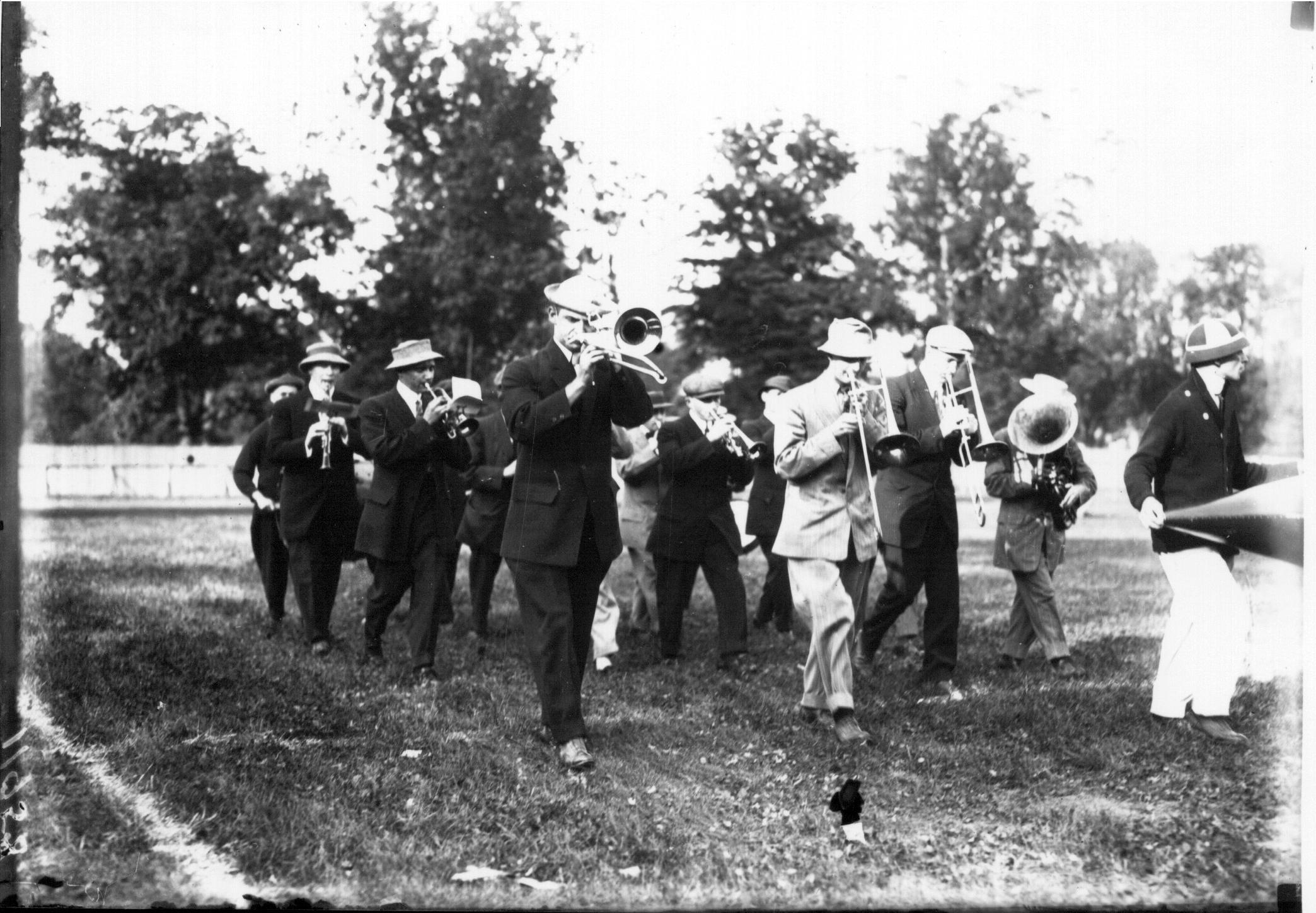
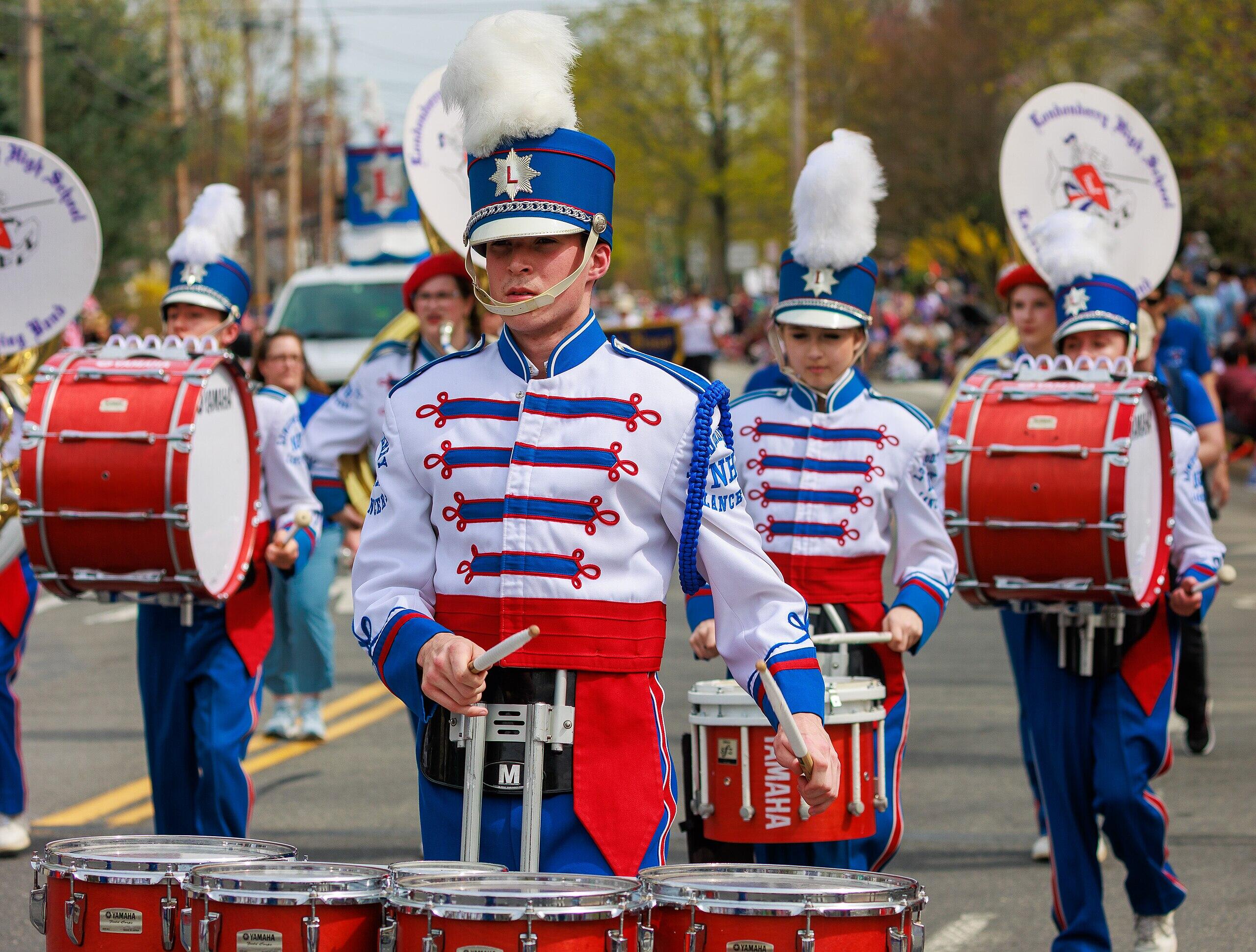
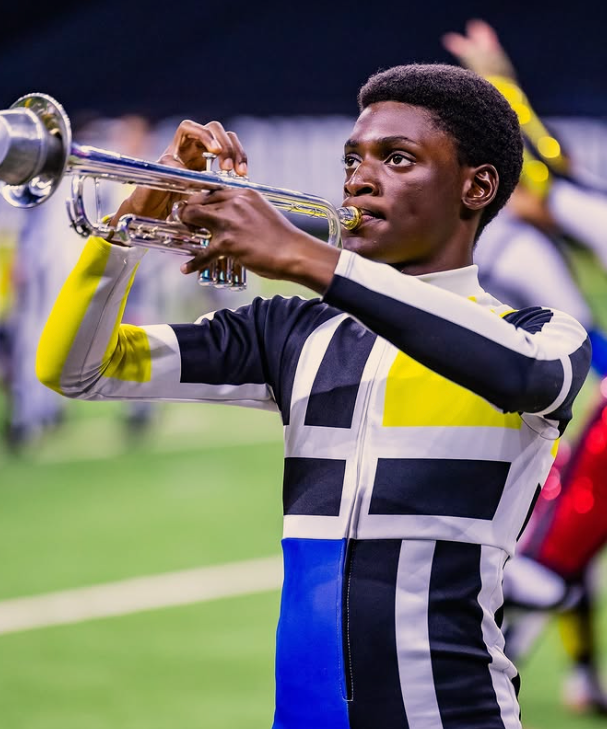
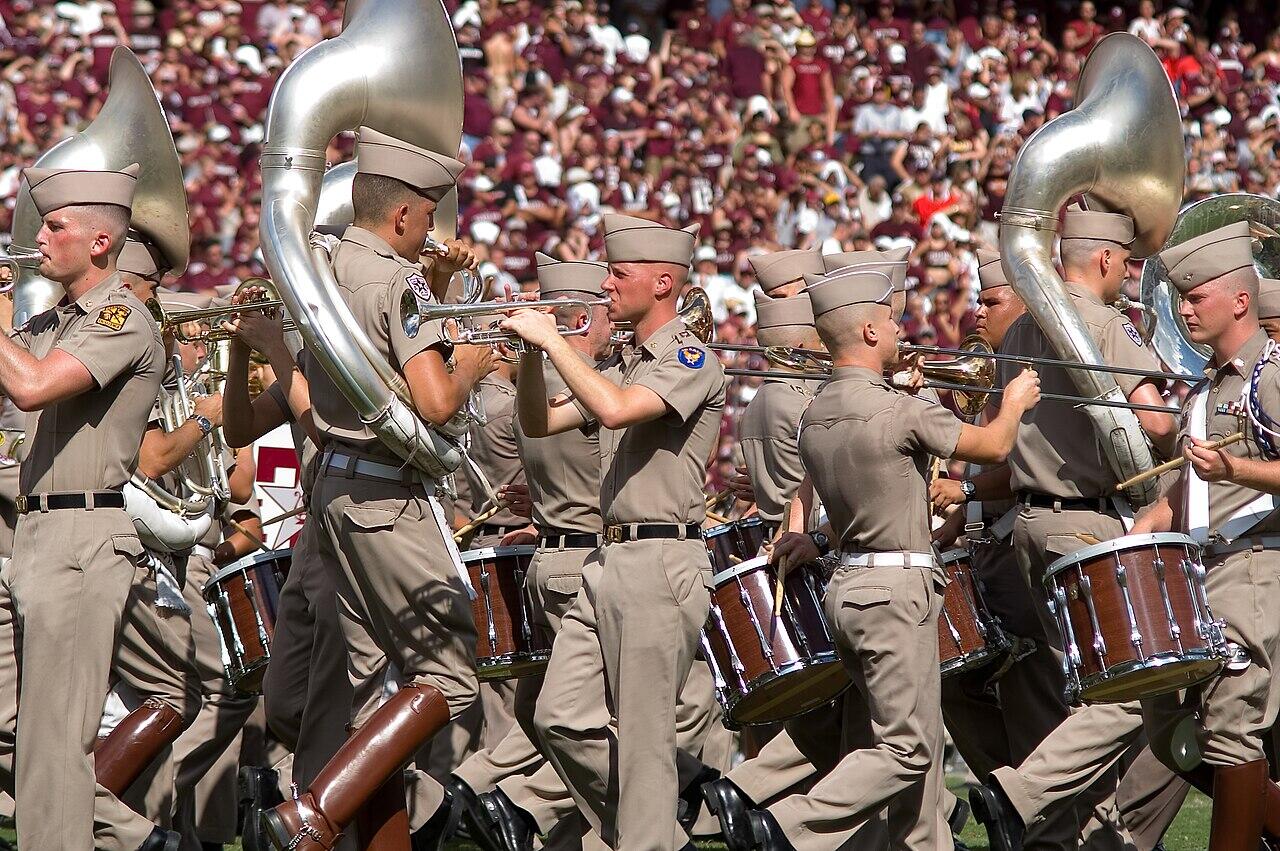
Best High School and College Marching Bands
Since this sport has become such a popular event in the academic world, and competitions, invitational performances, and other honors have been available to them for more than 50 years, a competitive hierarchy has naturally formed.
In the university and college world, the best programs are considered to be:
- Ohio State University Marching Band
- Purdue All-American Marching Band
- University of Southern California Trojan Marching Band
These groups have consistently provided incredible performances at football games, high-profile events like the Rose Bowl, international invitational performances, and even some TV appearances. OSU, particularly, is known for its “animated” formations that frequently go viral online.
The top high school marching bands are considered to be:
- Avon (Indiana)
- Carmel (Indiana)
- Broken Arrow (Oklahoma)
These schools frequently place highly in both BOA competitions and state contests in the fall, putting on artistic displays with excellent instrumentation and choreography.
Are you excited to enter the world of middle school, high school, or collegiate marching? You can hone your instrumentation skills with a professional drum tutor, sax tutor, or whatever instrument you want to learn! Especially if your school’s band requires an audition, you’ll want to ensure your skills are in tip-top shape.
Even adults can benefit from a music instructor who can help them prepare for auditions for their local hobby or show band. Anyone can enjoy being part of a marching band, provided they can perform fairly well while moving. Discover your musical talents with help from a Superprof teacher today!
References
- Between Bands - History of Marching Bands. (n.d.). In betweenbands.org. https://betweenbands.org/historyofmarchingbands.html
- Between Bands - Marching Band Styles. (n.d.). In betweenbands.org. https://betweenbands.org/marchingbandstyles.html
- Jones, V. (n.d.). LibGuides: Historically Black Colleges and Universities: HBCU Bands. In tnstate.libguides.com. https://tnstate.libguides.com/c.php?g=1155072&p=8550225
- Peralta, L. (2022). Marching Band Music: History, and Significance. In Save The Music Foundation. https://www.savethemusic.org/blog/marching-band-music



